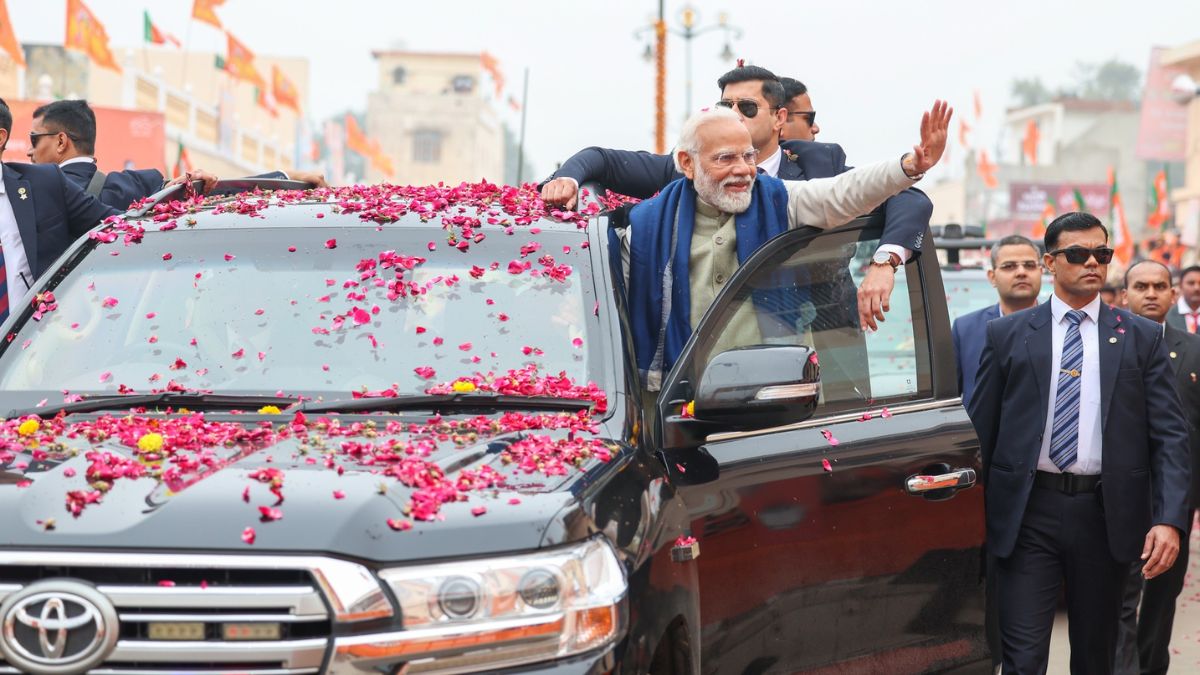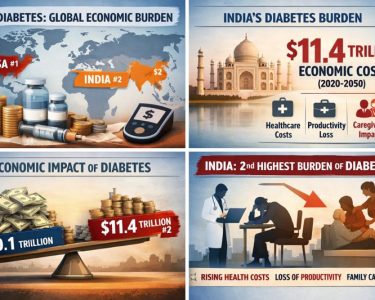Since Prime Minister Narendra Modi assumed office in 2014, India’s political and economic landscape has undergone significant changes. As the BJP government approaches a decade in power, this overview highlights the key transformations across various sectors.
A New Political Landscape
Under PM Modi’s leadership, the BJP has solidified its position in Indian politics. Initially governing in just seven states, the party now holds power in 15 states and Union Territories, either independently or through alliances. Notably, the BJP has secured victories in crucial states like Uttar Pradesh and expanded its influence throughout the northeastern region, where it previously had no presence.
Economic Growth: From Fragile to Flourishing
The Modi administration has often criticized the Congress party for India’s economic challenges. However, since 2014, India has risen from being among the “Fragile Five” economies to becoming the fifth-largest economy globally. The country has surpassed the UK, France, Italy, Canada, and Brazil in GDP rankings, showcasing impressive growth despite some setbacks from reforms like demonetization and the Goods and Services Tax (GST), as well as the impact of the COVID-19 pandemic.
Inflation Trends
When Modi took office, India’s inflation rate stood at around 8.33%, exceeding the Reserve Bank of India’s (RBI) tolerance level. Since then, inflation has stabilized, frequently remaining within the RBI’s comfort zone. As of April 2023, inflation has eased to 4.7%, down from a high of 7.7% in April 2022, following the economic disruptions caused by the Ukraine crisis.
Employment Challenges
Despite economic achievements, unemployment remains a significant issue. In 2014, the jobless rate was 5.4%, but it peaked at 8.72% in January 2016. Recent data shows improvements, with the unemployment rate for urban individuals aged 15 and above declining to 6.8% during January-March 2023, compared to 8.2% a year prior.
Longest-Serving Elected Leader
PM Modi’s tenure has been historic, marking nearly 22 years in office when combining his time as Chief Minister of Gujarat and as Prime Minister. He has been in power for over 3,291 days as Prime Minister, making him the longest-serving head of an elected government in India, surpassing previous leaders such as Jawaharlal Nehru and Indira Gandhi.
Approval Ratings
Despite being in power for an extended period, PM Modi has maintained a high approval rating among the electorate. According to a recent survey by Morning Consult, he holds an impressive 77% approval rating, making him the most popular leader globally, with a relatively low disapproval rating of 19%.
Conclusion
As India continues to evolve under PM Modi’s leadership, the impacts of his policies on the economy and political landscape are notable. With upcoming elections, the future will determine if these trends will persist or if new challenges will arise.







